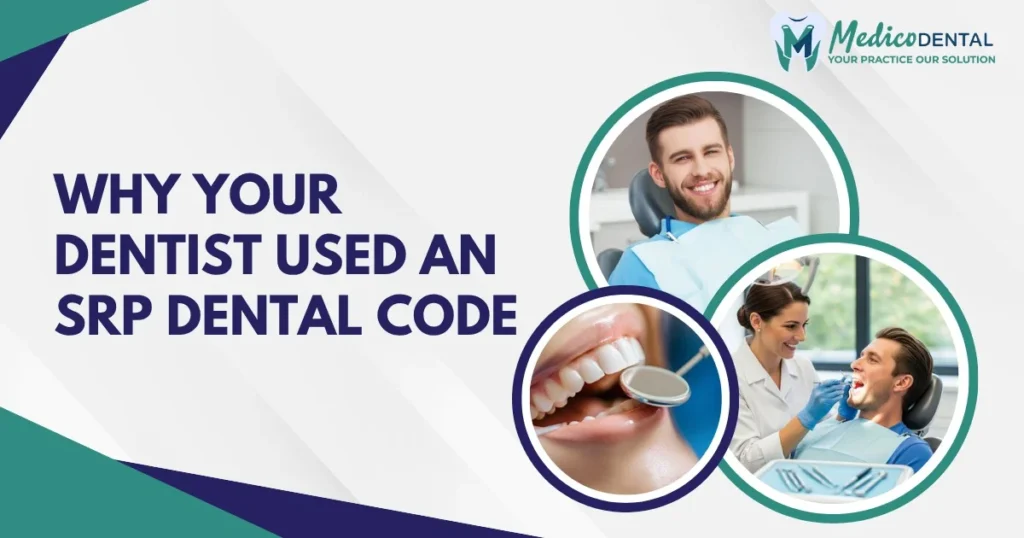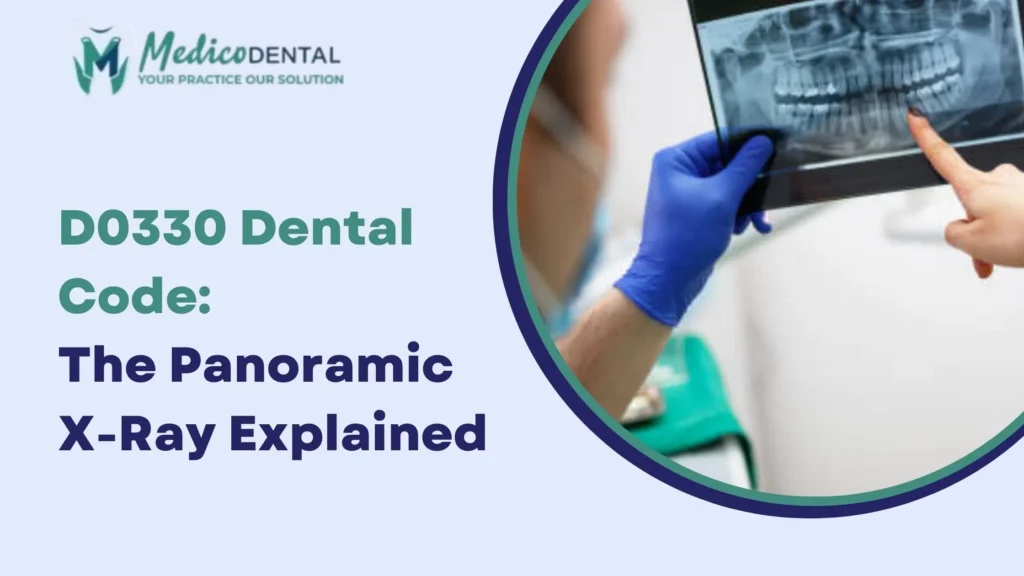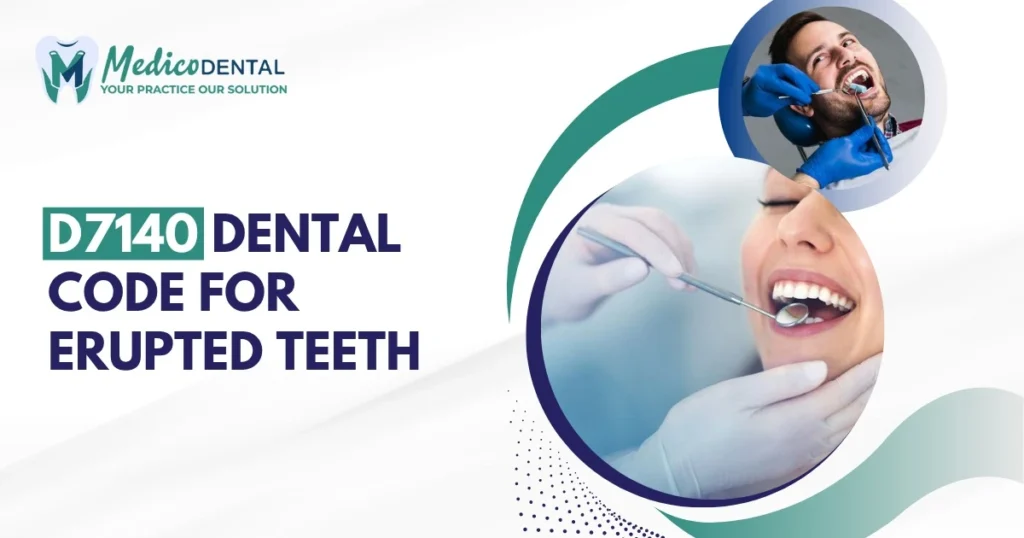Scaling and Root Planing (SRP) is a fundamental treatment for patients with periodontal disease. This procedure helps remove plaque and tartar below the gum line, reducing inflammation and preventing further damage to the gums and teeth. Understanding SRP dental codes is essential for accurate billing, reimbursement, and ensuring the correct treatment protocol is followed. In this guide, we’ll explore the SRP codes, their indications, and the importance of using them correctly in dental practices.
What is SRP (Scaling and Root Planing)?
SRP, or Scaling and Root Planing, is a deep cleaning procedure used to treat periodontal disease. It involves removing plaque, tartar, and bacterial toxins from both above and below the gum line. Scaling refers to the removal of these deposits from the teeth, while root planing smooths the roots of the teeth to promote healing and reattachment of the gums. This procedure is typically recommended for patients with gum disease who have moderate to severe inflammation and infection.
Importance of SRP in Periodontal Treatment
SRP plays a crucial role in managing periodontal disease, which, if left untreated, can lead to tooth loss and other serious oral health complications. By cleaning below the gum line, SRP helps reduce inflammation, infection, and the progression of the disease. Correct coding and proper execution of this treatment not only improve patient outcomes but also ensure accurate billing and insurance claims.
Main SRP Dental Codes
D4341: Periodontal Scaling and Root Planing – Four or More Teeth Per Quadrant
The D4341 code is used for scaling and root planing when four or more teeth in a quadrant require treatment. This procedure is generally performed for patients with moderate to severe periodontal disease, where significant plaque and tartar buildup exist beneath the gum line. Using this code helps the dental office get reimbursed for more extensive treatment involving a larger area of the mouth.
D4342: Periodontal Scaling and Root Planing – One to Three Teeth Per Quadrant
The D4342 code is used when scaling and root planing are required for one to three teeth in a quadrant. This code is generally applied when there is localized periodontal disease or when the disease affects a smaller area of the gums. It is important to select the correct code to ensure appropriate billing and reimbursement based on the extent of treatment performed.
Other Related SRP Codes
D4346: Scaling in the Presence of Gingival Inflammation
D4346 is used for scaling procedures performed in the presence of generalized gingival inflammation but without bone loss. This code is appropriate for patients with moderate to severe gingival inflammation who may not have advanced periodontal disease or bone loss. It’s important to note that this code cannot be used in conjunction with D4341 or D4342, as SRP treatment is indicated for cases of more advanced disease.
D1110: Prophylaxis (Routine Cleaning) and its Relation to SRP Codes
D1110 is the code used for a routine dental cleaning (prophylaxis) and is generally used for patients with healthy gums or mild gingivitis. It cannot be used on the same day as SRP procedures like D4341 or D4342, as SRP is a therapeutic procedure, while prophylaxis is considered preventive care. Knowing the difference between these codes ensures that patients receive the appropriate treatment based on their condition and that billing is done correctly.
Indications for Using SRP Dental Codes
When to Use D4341 and D4342
D4341 should be used when scaling and root planing is required for four or more teeth in a quadrant, typically in more advanced cases of periodontal disease. D4342 is appropriate for less extensive treatment, involving one to three teeth in a quadrant, which is usually seen in cases with localized periodontal issues. Accurate diagnosis of the extent of gum disease is critical in selecting the right code to ensure proper treatment and billing.
Specific Cases for D4346
D4346 is used when scaling is necessary due to generalized gingival inflammation without bone loss. It is ideal for cases where patients have inflamed gums but do not yet exhibit the more severe signs of periodontal disease, such as attachment loss or bone deterioration. This code is often used when inflammation is widespread, but the disease is not yet in an advanced stage, making it an important tool for early intervention.
Documentation and Usage Guidelines for SRP Codes
Accurate documentation and proper usage of SRP dental codes are essential to ensuring the success of periodontal treatments and smooth insurance claims. It’s crucial that dental professionals adhere to the correct documentation practices to prevent delays in reimbursements or claim denials. Below are key guidelines and best practices for the documentation and usage of SRP codes.
Proper Documentation for SRP Procedures
When performing SRP procedures, detailed and precise documentation is necessary to support the treatment provided and the corresponding dental codes used. Here’s what should be included in the documentation:
- Patient Medical History: Always document the patient’s medical and dental history, particularly any signs of periodontal disease such as gum recession, pockets greater than 3mm, or bleeding gums.
- Clinical Findings: Record the clinical findings from the periodontal exam, including probing depths, bleeding on probing, and bone loss, as these will justify the need for scaling and root planing.
- Treatment Plan: Clearly document the planned treatment, indicating whether you plan to treat the upper or lower quadrants, and whether you will perform full quadrant treatment (D4341) or limited treatment (D4342).
- Informed Consent: Ensure that the patient is informed about the procedure, potential risks, and expected outcomes. Document the patient’s consent in the chart.
- Post Procedure Notes: After the procedure, document the patient’s response to treatment and any follow up care instructions.
Accurate documentation not only provides the necessary proof for insurance claims but also ensures the safety and well being of the patient by supporting treatment decisions.
Billing and Coding Tips for Accurate Claims
To ensure timely and accurate insurance claims, dental professionals should follow these billing and coding best practices:
- Know Your Codes: Familiarize yourself with the correct SRP codes (D4341, D4342, D4346) and use them based on the severity and extent of the periodontal disease.
- Use Specific Codes: Ensure that the correct SRP code is selected based on the number of teeth treated per quadrant (D4341 for four or more teeth, D4342 for one to three teeth). Misuse of codes can lead to claims being denied.
- Avoid Using Multiple SRP Codes for the Same Treatment: Do not use both D4341 and D4342 for the same quadrant. Ensure that only one code is used to reflect the level of treatment provided.
- Provide Detailed Treatment Notes: Ensure the procedure notes are detailed enough to show why scaling and root planing was necessary, particularly in the case of D4346, which should not be used in conjunction with D4341 or D4342.
- Check Insurance Policies: Some insurance providers may have specific requirements or restrictions for SRP billing. Make sure to review the patient’s insurance policy to ensure compliance.
By following these tips, dental practices can avoid common coding errors and ensure that they are reimbursed for the work they perform.
Common Mistakes to Avoid When Using SRP Codes
Even experienced dental coders can make errors that may lead to claim denials or delayed payments. Below are some common mistakes to avoid when using SRP codes:
Misuse of Codes
Misusing SRP codes is one of the most common mistakes. For example, using D4341 (for four or more teeth) when only one or two teeth are treated in a quadrant, or vice versa, can result in incorrect claims and rejection. Additionally, confusing D4346 (scaling with gingival inflammation) with D4341 or D4342 can also cause issues.
- Solution: Always double check the clinical findings to ensure that the correct SRP code is selected. For instance, D4346 should only be used for patients with generalized gingival inflammation and no bone loss, not as a substitute for full scaling and root planing.
Coding for Multiple Procedures on the Same Day
Some dental professionals may code for SRP procedures in a way that combines multiple treatments on the same day, leading to complications with insurance claims. For example, submitting D4341 (SRP) along with D1110 (routine cleaning) for the same patient may not be reimbursed, as both are preventive procedures but serve different purposes.
- Solution: Be cautious when combining SRP codes with other procedures. Only use codes for procedures that are distinctly different from SRP, and follow insurance guidelines about what can and cannot be billed on the same day.
Benefits of Correct SRP Dental Coding
Properly coding SRP procedures not only ensures that dental practices are reimbursed correctly but also benefits the practice in several other ways:
Improving Insurance Claims and Reimbursement
By using the correct SRP codes and adhering to insurance guidelines, dental practices can significantly reduce the number of rejected or delayed claims. This results in faster reimbursement and fewer back and forth communications with insurance companies.
- Tip: Familiarizing yourself with insurance company protocols and submitting complete and accurate documentation will streamline the reimbursement process.
Streamlining Billing Practices for Dental Practices
Correct coding reduces administrative errors, saving time and reducing the chance of claim disputes. Proper billing practices enable the dental office to maintain a smooth workflow and avoid the need for time consuming follow up with insurance companies.
- Tip: Implement a checklist for each patient that includes confirming treatment type, documenting the procedure, and verifying insurance policy details before submission.
By streamlining billing practices, dental offices can free up more time to focus on patient care rather than dealing with administrative issues.
Conclusion
Accurate coding and documentation for Scaling and Root Planing (SRP) procedures are essential for both quality patient care and the smooth operation of dental practices. By properly using codes such as D4341, D4342, and D4346, dental professionals can ensure that the right treatment is provided, the patient’s condition is well documented, and insurance claims are processed efficiently. Avoiding common mistakes, like misusing codes or combining inappropriate treatments, will also reduce administrative burdens and improve practice profitability.
By understanding the importance of SRP dental codes and adhering to the proper guidelines, dental practices can enhance their billing processes, reduce claim rejections, and ultimately offer better care to their patients. Proper coding not only ensures that dental procedures are accurately billed but also promotes better communication with insurance providers and helps maintain the financial health of the practice.
FAQs
What is the difference between D4341 and D4342?
Ans. D4341 is used when scaling and root planing are needed for four or more teeth in a quadrant, typically for patients with moderate to severe periodontal disease. D4342 is used for less extensive treatment, typically for one to three teeth in a quadrant, often for patients with localized periodontal issues.
Can D4346 be used with D4341 or D4342?
Ans. No, D4346 should not be used in conjunction with D4341 or D4342. D4346 is specifically for scaling in the presence of gingival inflammation without bone loss, while D4341 and D4342 are used for more advanced periodontal treatments that involve root planing.
Can I use D1110 (routine cleaning) with SRP codes?
Ans. D1110, which is used for routine cleaning (prophylaxis), cannot be billed on the same day as SRP procedures like D4341 or D4342. SRP is a therapeutic procedure, while D1110 is considered preventive care.
How do I document SRP procedures accurately?
Ans. To document SRP procedures accurately, include the patient’s medical and dental history, clinical findings (such as probing depths and bleeding on probing), treatment plan, informed consent, and post procedure notes. Detailed records will help support insurance claims and ensure proper reimbursement.
Why is it important to use the correct SRP dental code?
Ans. Using the correct SRP code ensures proper reimbursement and prevents claim denials. It also helps dental practices maintain accurate records, ensuring the patient receives the right treatment and that the procedure is properly reflected in the billing system.



